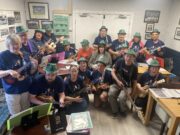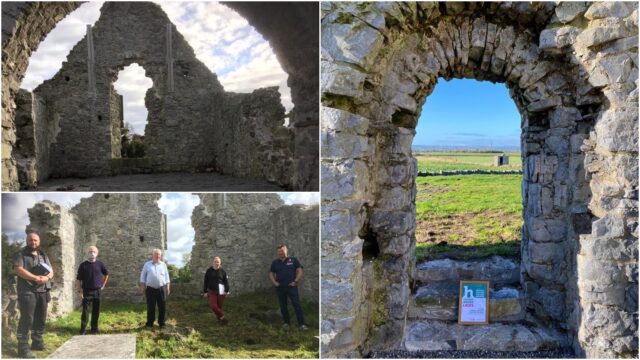The Kilabban Monastery in the parish of Arles is a site steeped in historical significance and the dedicated group behind its restoration were recently honoured for the work they’ve been doing over the last number of years.
At a recent virtual gathering of Killabban Monastery Restoration Committee, Michael Byrne congratulated the committee on their winning of The National Heritage Award for County Laois.
It was decided to leave the current executive in place for another year due to the Covid 19 pandemic.
Mr. Brendan Byrne suggested we have a more formal AGM after the Covid 19 virus has been supressed and a full vaccine roll out has been completed.
The present committee includes Chairman John Moran, Secretary Liam Delaney and Treasurer Martin Byrne along with many other committed local members.
It was an award that is highly deserved by the committee for all their hard work and dedication over the year in the restoration and preservation of the historic Killabban Monastery.
Expert stonemason Paul Rafter from Tallis & Co, Stonemasons painstakingly restored stone after stone to restore it into a heritage site deserving of this award.
The work was carried out to the strictest conservation standards under site engineer, David Kelly and archaeologist Colm Flynn. Their efforts will result in the conservation of this ancient Killabban site into the future, as a link to the monastic past of this area.
Last year’s annual mass was celebrated by Fr Padraig Shelly on 7th August, 2020 where he recalled the simple life of St Abban.
He spoke about the daily life of the monks of St Abban’s monastery, how they lived, hunted and prayed during this early Christian era.
St Abban, who is reputed to have been buried on the site, set up the early Christian settlement in the 7th century. The vast majority of Irish people spoke Gaelic during this time, whilst the Monks would also have spoken Latin.
The ringfort is the most common settlement from this time, and St Abban probably grew up on or near the ringfort at Killabban. These sites are really defended farmsteads, where a circular ditch was dug out, and the soil was upcast on the inside of the ditch, to create a bank.
Anyone who wanted to attack these ringforts would have to cross the ditch, filled with briars and thorns, and climb up the earthen bank.
A wooden fence known as a “palisade” would have been erected on top of the bank. The settlement fell into decline in the late 14th century.
The original monastic site would probably have been a wooden structure. The existing site remains date back to the 12th century, with alterations made during the 15th century.
The restoration work at the monastic site is supported by Laois County Council, the National Heritage Council, with Laois Heritage Officer, Catherine Casey giving the project her unwavering support.
The work this year was funded by the Community Monuments Fund, an initiative of the Nation al Monuments Service of the Dept. of Housing, Local Government and Heritage.
St Abban was a follower of St Fiachra who had a monastery in Sleaty, located between Graiguecullen and Knockbeg College. Killabban monastery was established by St Abban about 640 AD.
As the monastery and surrounding town grew in size, he travelled throughout Leinster setting up monasteries in his name. He founded one such monastery in Adamstown, Co. Wexford which grew in equal size to Killabban.
He also sent one of his monks, St Evin to establish a monastery where Moore Abbey stands today, in the town of Monasterevin.
St Abban is said to have been descended from a noble race of Leinstermen.. His father, Cormasus was king of the Leinstermen, while his mother Mella was a sister of Bishop Ibar.
The future of Killabban Monastery looks good and the committee have many ideas on how to progress the future enhancement and recognition of this important monastic site.
With this in mind, they have encouraged the children from the local school to undertake a project in the coming year.
In conjunction with Laois County Council’s Heritage Officer, Ms. Catherine Casey, the committee are investigating the possibility of erecting signage (similar to that at existing heritage sites) detailing the history of Killabban.
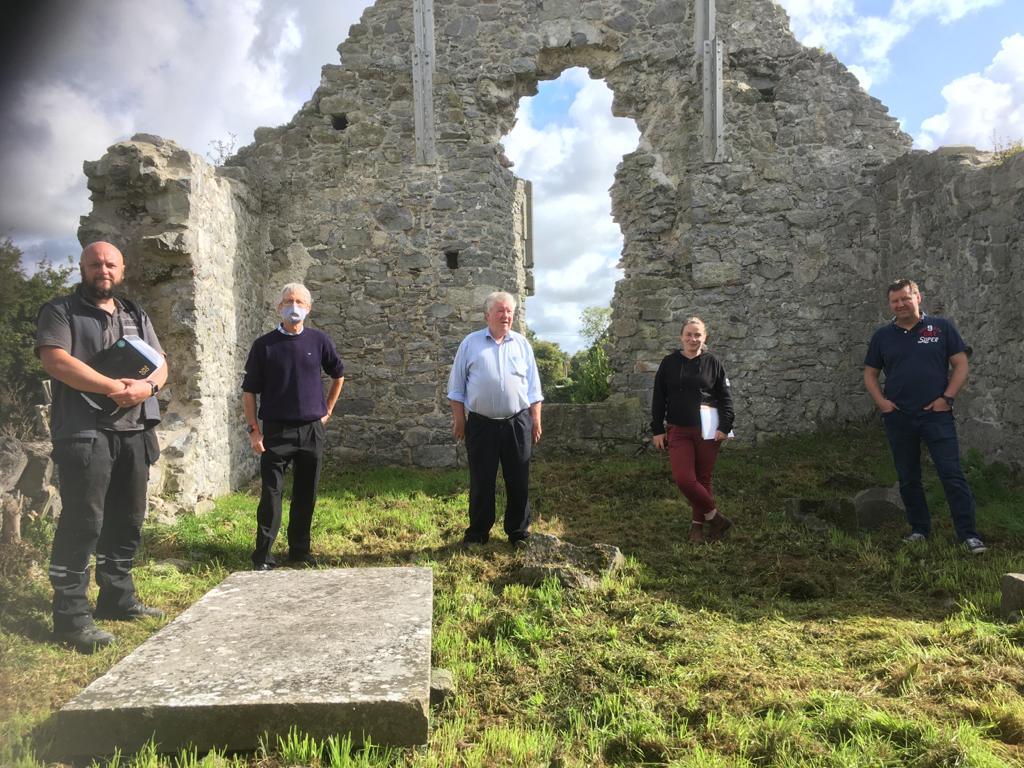
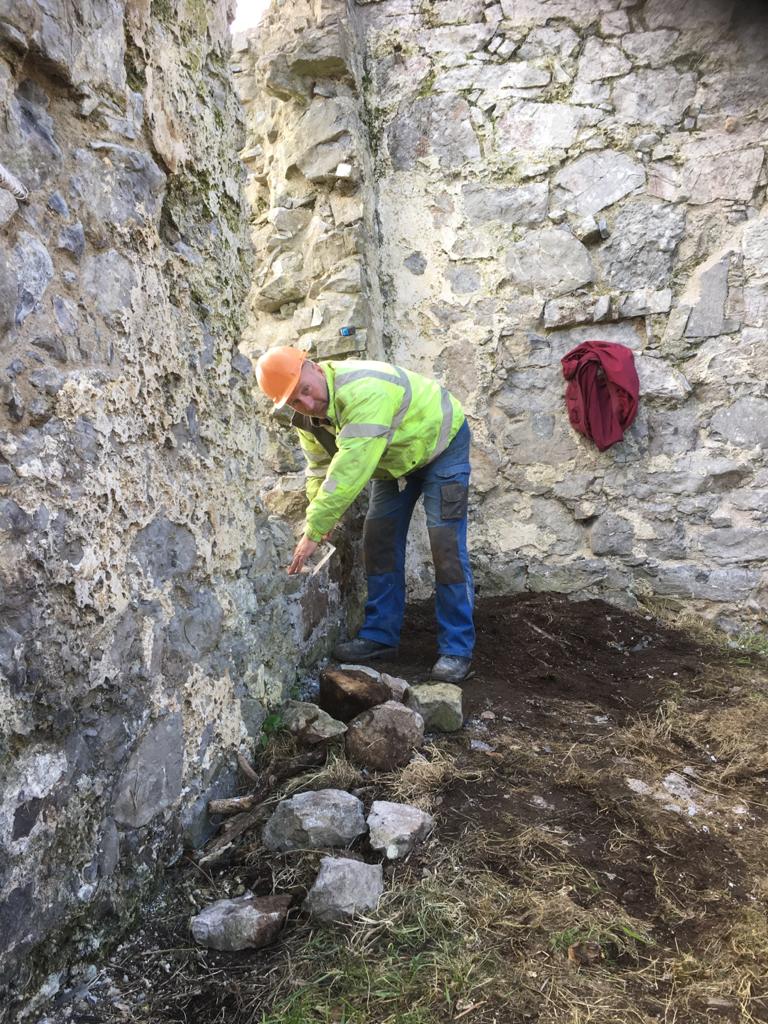
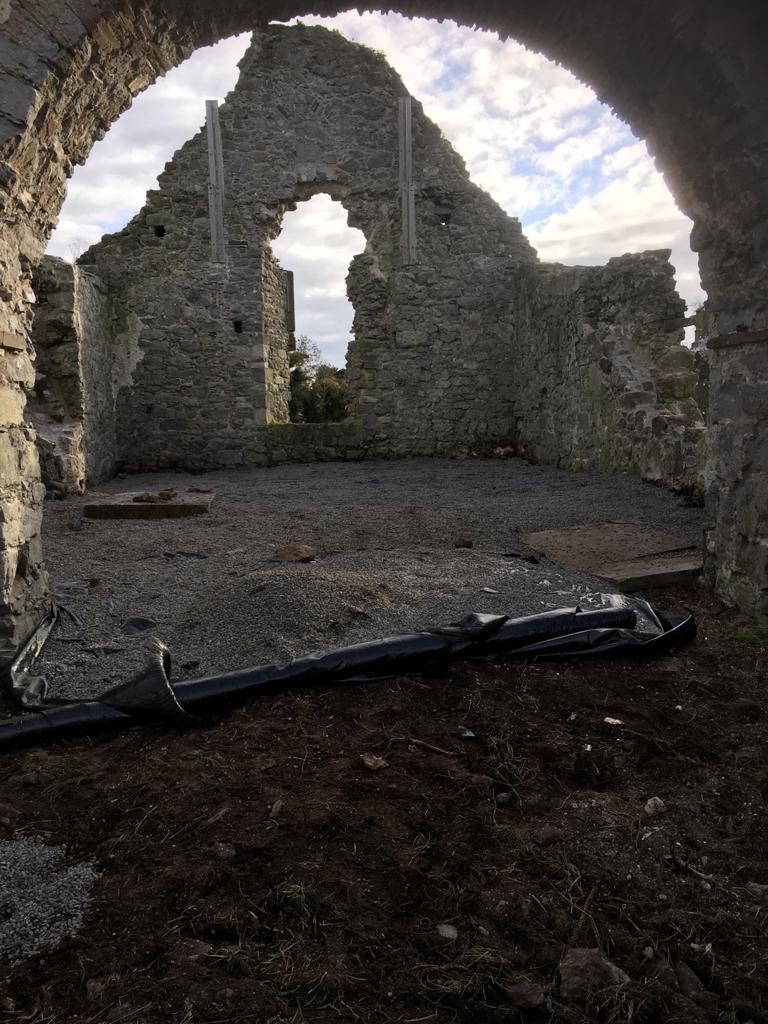
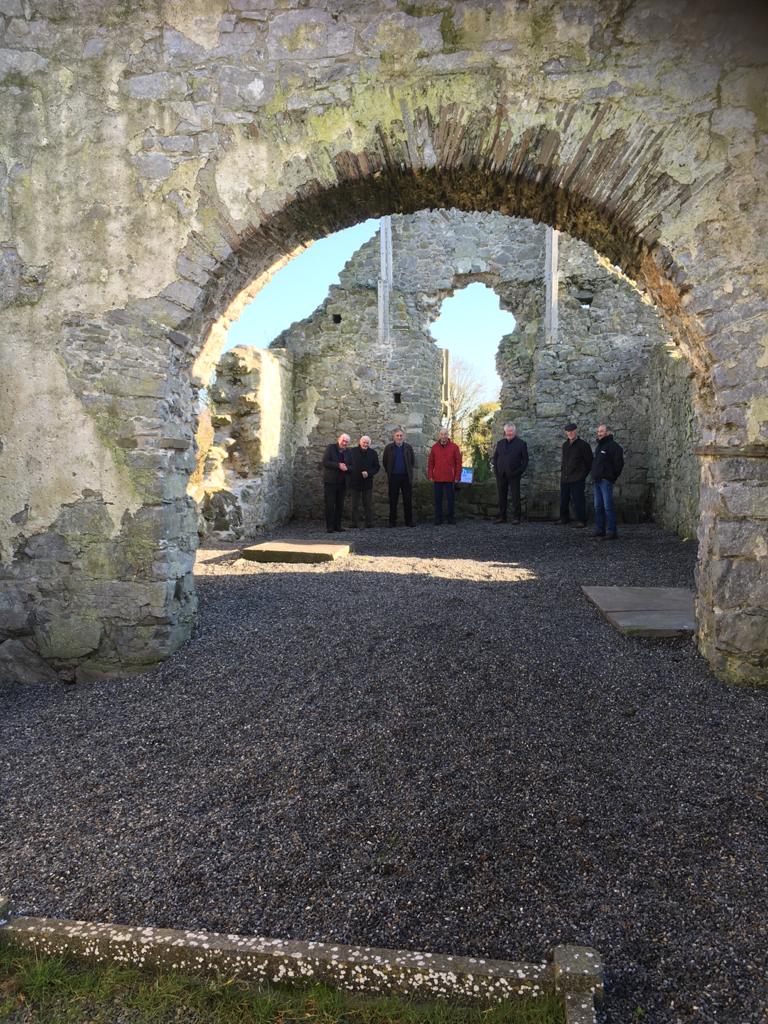
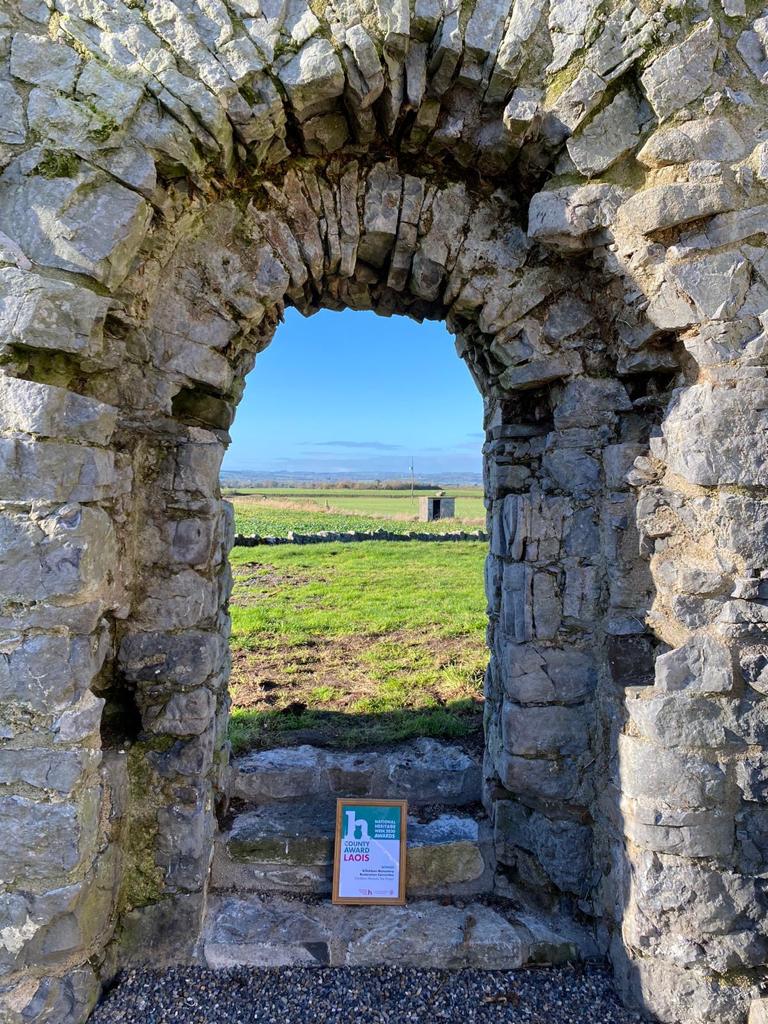
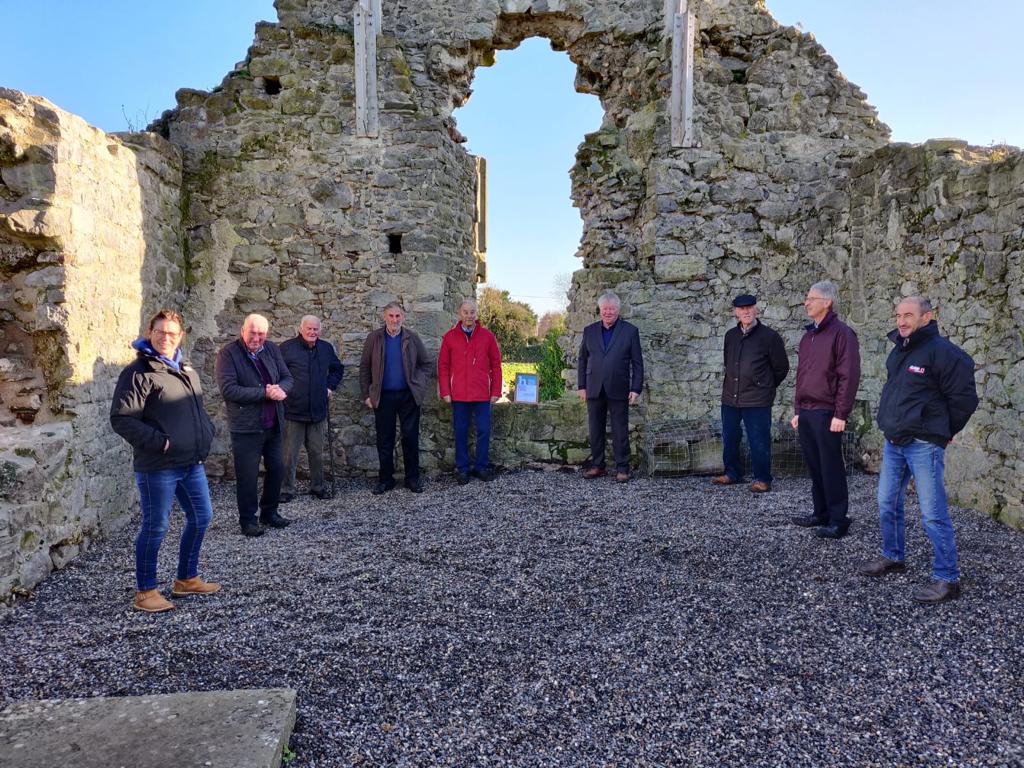
All photos in Killabban Monastery were taken in September-October 2020.
SEE ALSO – LaoisToday Podcast: Colm Parkinson on his Laois days, his media career and THAT interview



